Buffy the Vampire Slayer holds a special place in television history for many, and for me, it remains my all-time favorite show. While some fans have criticized Dawn, Buffy’s younger sister, as one of TV’s most disliked characters, I always found her to be a compelling and crucial part of the series. The recent news of Michelle Trachtenberg’s passing still feels unreal, prompting me to reflect on her career and her significant portrayal of Dawn – a character who was far more important than she’s often given credit for.
Michelle Trachtenberg captivated me as a teenager, a fascination that has endured. She became one of those actors whose projects I would seek out simply because she was in them. The realization that there will be no new performances is a strange and poignant feeling. It’s been rewarding to witness a gradual shift in audience perception of Dawn as new generations discover Buffy. I remember a time when even suggesting the character was “underrated” was rare.
It’s funny to think, the first time I encountered criticism about my writing in person, it was because of an article I wrote defending Dawn for Wicked Horror years ago. Looking back, I realize I never fully articulated what the character meant to me. It’s only now, with Michelle’s passing, that I’m truly contemplating Dawn’s impact. For me, Dawn was not just an underrated character; she was a necessary one, absolutely essential to the show’s later seasons.
My Buffy fandom began early, but limited WB access meant I primarily engaged with the show through novels and comics. It wasn’t until season six, when it moved to UPN, that I became a devoted viewer. That’s when my appreciation truly blossomed. Many Buffy enthusiasts grew up with the show earlier, identifying with the teenage cast and their high school struggles. When I started watching during its UPN era, the characters were college-aged, though the college setting had largely been phased out. They were adults navigating adult problems. But then there was Dawn.
Buffy’s younger sister was almost exactly my age, serving as my entry point into that supernatural world. She was the audience surrogate for barely-teens like me just discovering the show. In her first two seasons, Dawn remained somewhat removed from the immediate dangers Buffy and the Scooby Gang faced weekly. She was part of the world, but primarily an observer, offering commentary from the sidelines. Any young viewer could relate to that perspective. Dawn started high school around the same time I did. While I loved the overarching narratives of each season, Dawn was undeniably the character I connected with most during those final two seasons as they aired.
Over her three seasons on Buffy, Michelle Trachtenberg showcased incredible range, evolving from a recurring damsel in distress to a profoundly complex teenager grappling with self-harm and dissociation, even questioning her own reality in season five. Part of my unwavering appreciation for the final season stems from the fact that it finally gave Dawn substantial storylines, integrating her fully into the group and allowing her to truly contribute. While Buffy and her friends often bemoaned research, Dawn was independently studying ancient languages to assist the team.
Michelle Trachtenberg consistently brought charisma and memorability to every Buffy episode she appeared in. However, certain episodes particularly highlighted her character and her exceptional performance. These episodes demonstrate why Dawn, and Trachtenberg’s portrayal, are essential, even reaching levels of horror akin to the anxieties explored in franchises like Elm Street 5: The Dream Child, where nightmares and reality blur.
“All the Way”
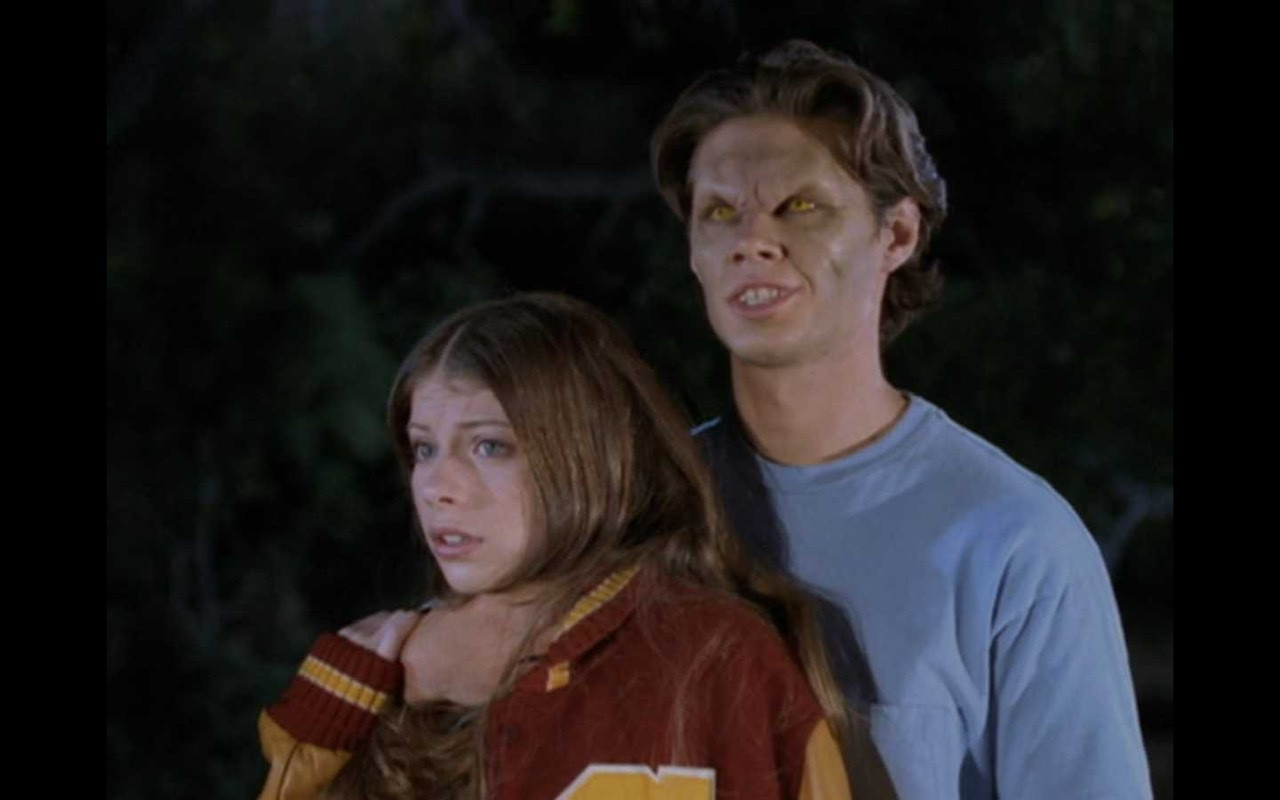 Dawn sneaking out in "All the Way" to experience typical teenage life, unknowingly venturing into danger with vampires.
Dawn sneaking out in "All the Way" to experience typical teenage life, unknowingly venturing into danger with vampires.
While not the show’s strongest Halloween episode compared to others, “All the Way” is enjoyable because it allows Dawn to embark on her own mini-adventure, almost placing her in an episode of Are You Afraid of the Dark? Rebellious teenage Dawn sneaks out to meet her friend Janice, a previously mentioned character finally appearing, played by Amber Tamblyn. They encounter guys who turn out to be vampires, planning to “go all the way” by turning the girls. What works in this episode is that Dawn experiences typical high school milestones that were central to Buffy‘s earlier seasons: sneaking out, getting into trouble, having a first kiss, even if that kiss is with a vampire. Trachtenberg imbues such genuine teenage awkwardness into a tender scene, making her subsequent handling of the vampire threat all the more believable.
“Him”
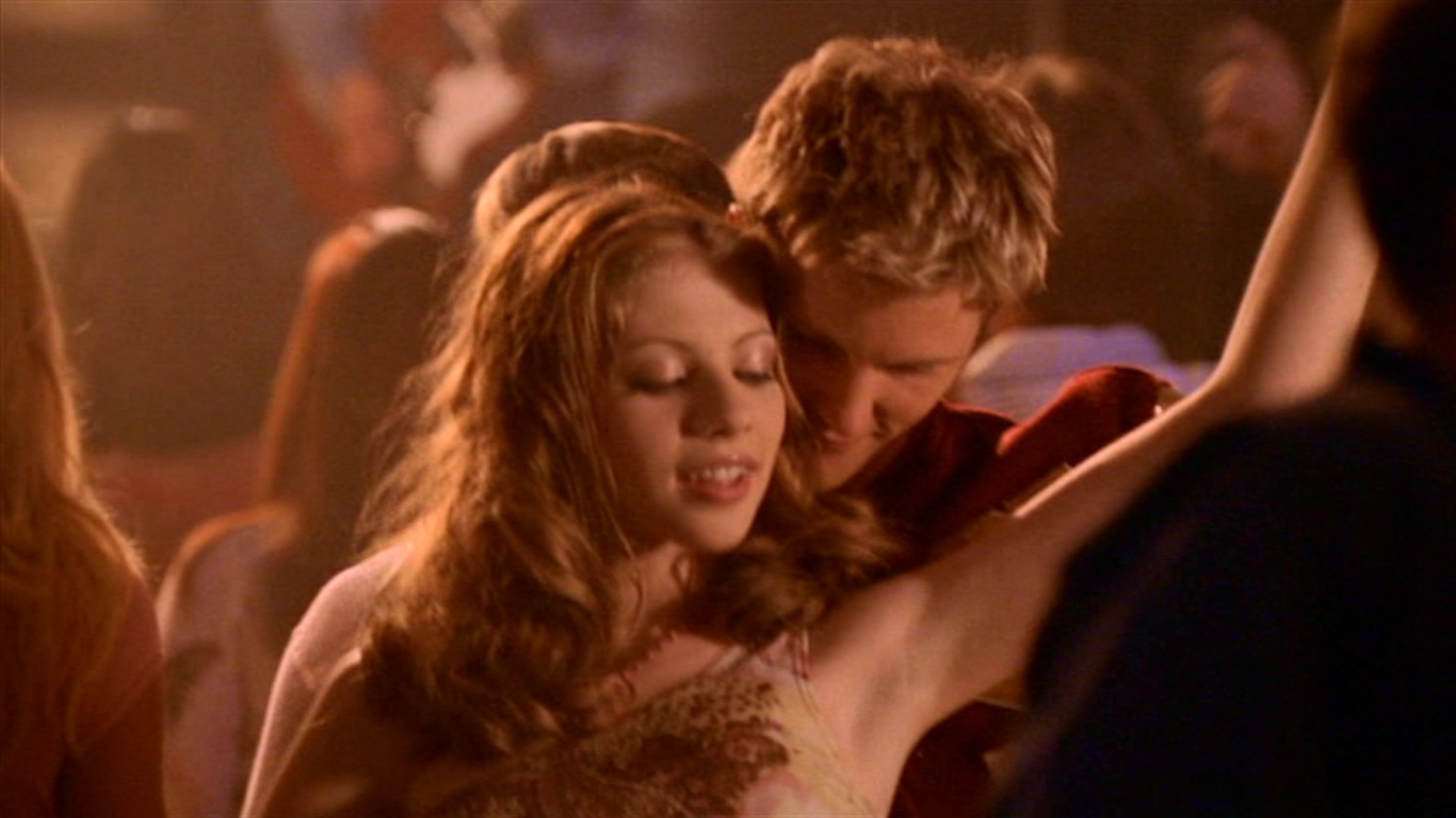 Dawn, under a love spell in "Him", intensely focused during cheerleading tryouts, highlighting Trachtenberg's comedic talent.
Dawn, under a love spell in "Him", intensely focused during cheerleading tryouts, highlighting Trachtenberg's comedic talent.
“Him” is undeniably goofy and not a fan-favorite, revolving around girls vying for one guy’s attention due to a spell. However, I appreciate it as a classic Buffy “spell gone wrong” episode, this time with Dawn at the forefront. It’s a full showcase of Michelle Trachtenberg’s comedic abilities, predating Eurotrip by just over a year. She embraces the over-the-top humor while also playing it straight, achieving comedic brilliance in both approaches. Dawn’s cheerleading tryout is a highlight, showcasing excruciatingly funny embarrassment. Trachtenberg’s performance is hilarious until it suddenly isn’t. By the end, the episode subtly reveals Dawn’s deeper insecurities – not just about being the youngest, but about being the only one without superpowers, special skills, or dramatic romances. Under the spell’s influence, she considers death as a way to compete with the older girls, prompting Buffy’s timeless advice: “No guy is worth your life. Not ever.”
“Lessons”
 Dawn cautiously exploring the newly rebuilt Sunnydale High in "Lessons", ready to face potential supernatural threats.
Dawn cautiously exploring the newly rebuilt Sunnydale High in "Lessons", ready to face potential supernatural threats.
“Lessons” doesn’t demand much emotional depth from Dawn, but that’s not why I value it. As the final season premiere, “Lessons” feels like a backdoor pilot for a potential Dawn spin-off, and Michelle Trachtenberg convincingly demonstrates her ability to lead such a series. It’s Dawn’s first day at the rebuilt Sunnydale High, where she uses her rudimentary slayer training to help new friends navigate a haunting. She quickly connects with characters seemingly intended as her new Xander and Willow, though, sadly, they are never seen again.
“Forever”
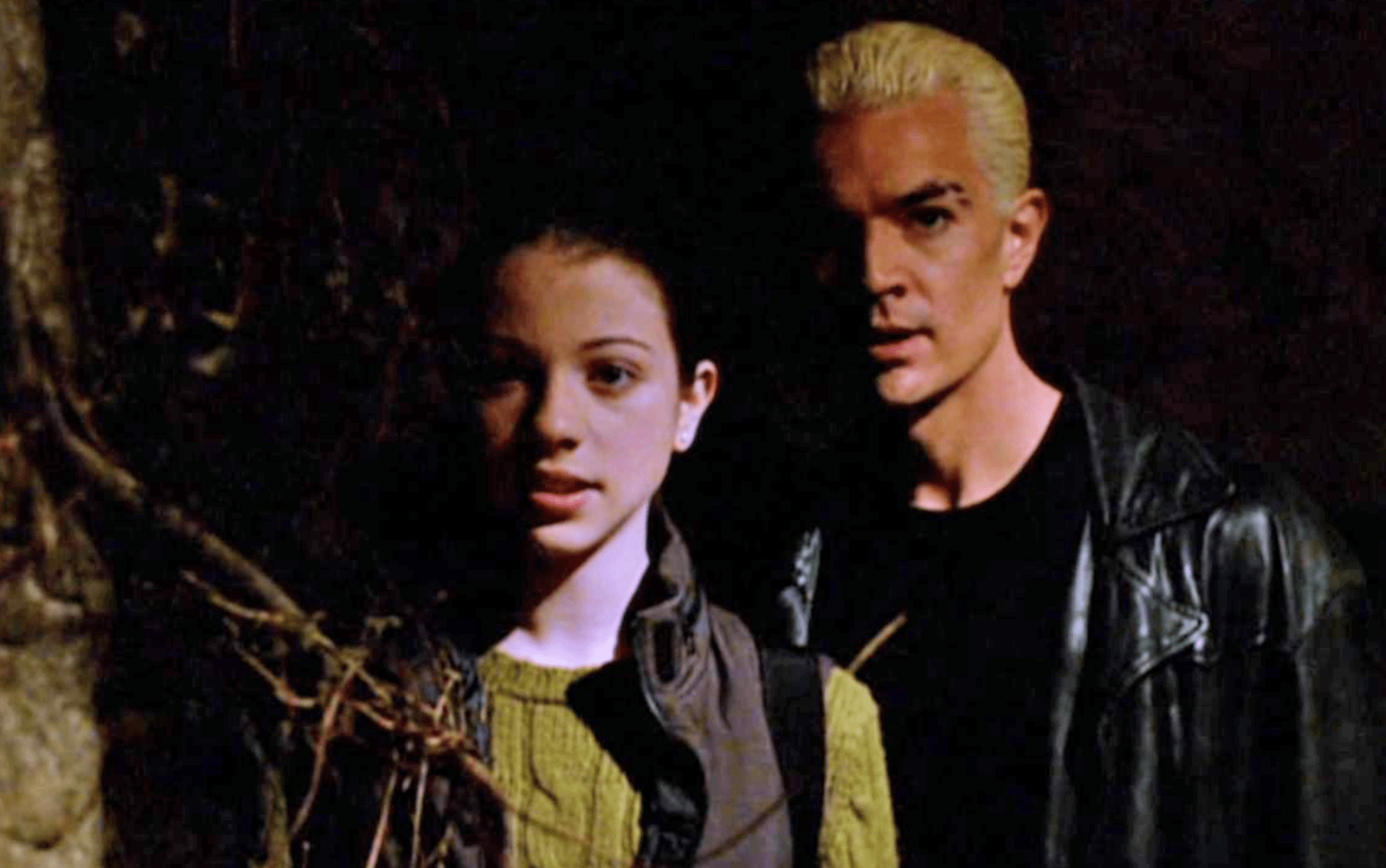 Dawn holding a book and potion ingredients in "Forever", attempting a spell to bring back her deceased mother, Joyce.
Dawn holding a book and potion ingredients in "Forever", attempting a spell to bring back her deceased mother, Joyce.
“The Body” was Buffy’s episode to confront her mother’s death – raw, painful, and arguably the most realistic depiction of grief in fiction, especially television. “Forever” is Dawn’s episode. It portrays a girl struggling to accept her mother’s death, refusing to grieve and attempting to resurrect her, leading to a heartbreaking confrontation with Buffy about emotional distance. The adult/child dynamic shifts between them when they hear a deeply unsettling knock at the door. It’s arguably Dawn’s most mature moment up to that point.
“Blood Ties”
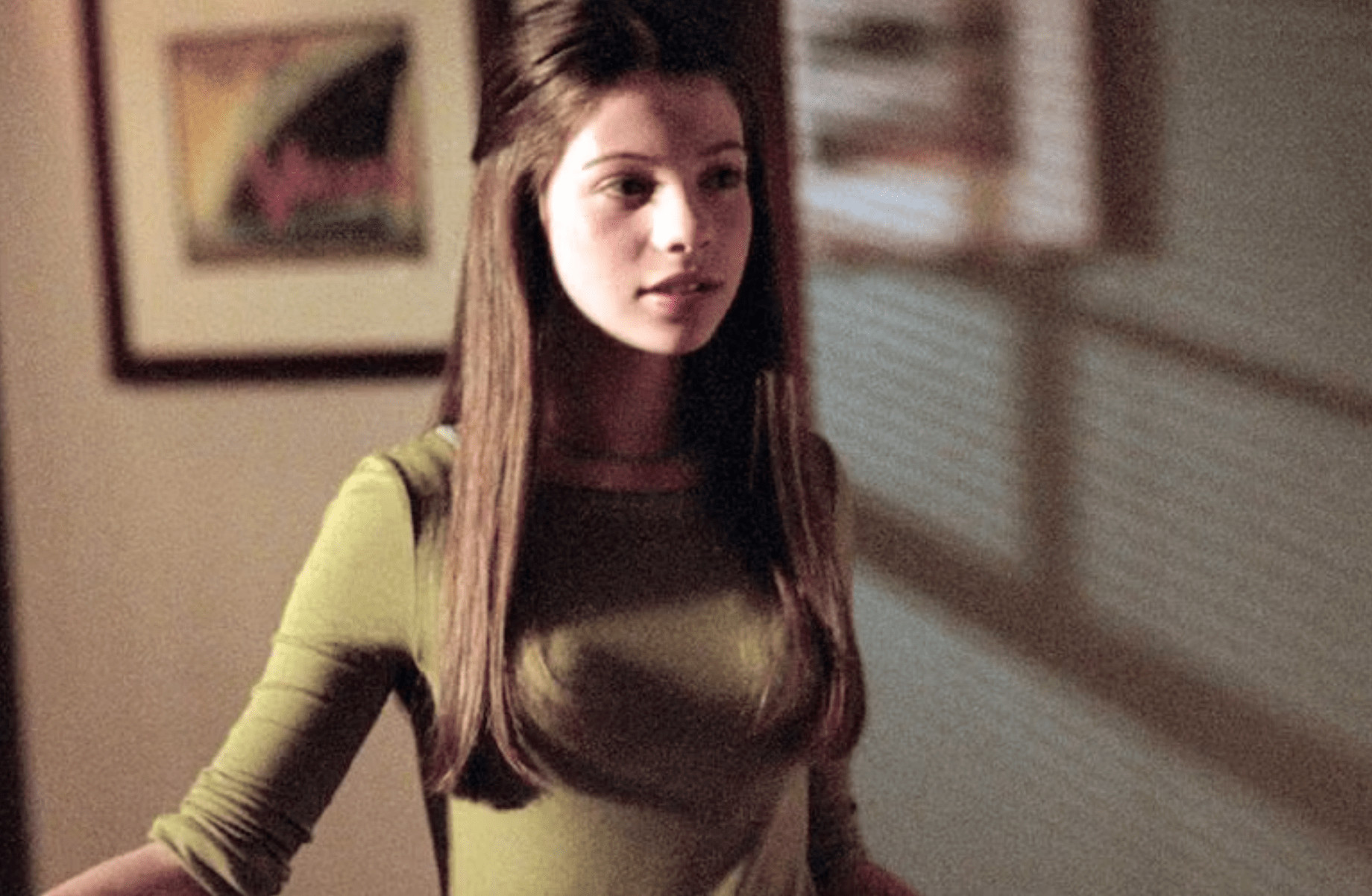 Dawn distressed and vulnerable in "Blood Ties", grappling with the shocking revelation of her true, non-human origin.
Dawn distressed and vulnerable in "Blood Ties", grappling with the shocking revelation of her true, non-human origin.
This episode marked the first Dawn-centric story truly showcasing Michelle Trachtenberg’s dramatic depth. “Blood Ties” follows the Scooby Gang’s discovery of Dawn’s origin – that she is mystical energy given human form to protect the Slayer, making their memories of her artificial. This revelation profoundly changes their interactions with her. Dawn immediately senses their altered behavior, and the truth emerges. Teenage life is inherently about feeling out of place, and Trachtenberg makes Dawn’s earth-shattering discovery about her unreal nature feel tragically natural. The scene of Dawn, having harmed herself to test her reality, asking, “Am I real? Am I anything?” is heart-wrenching.
“Potential”
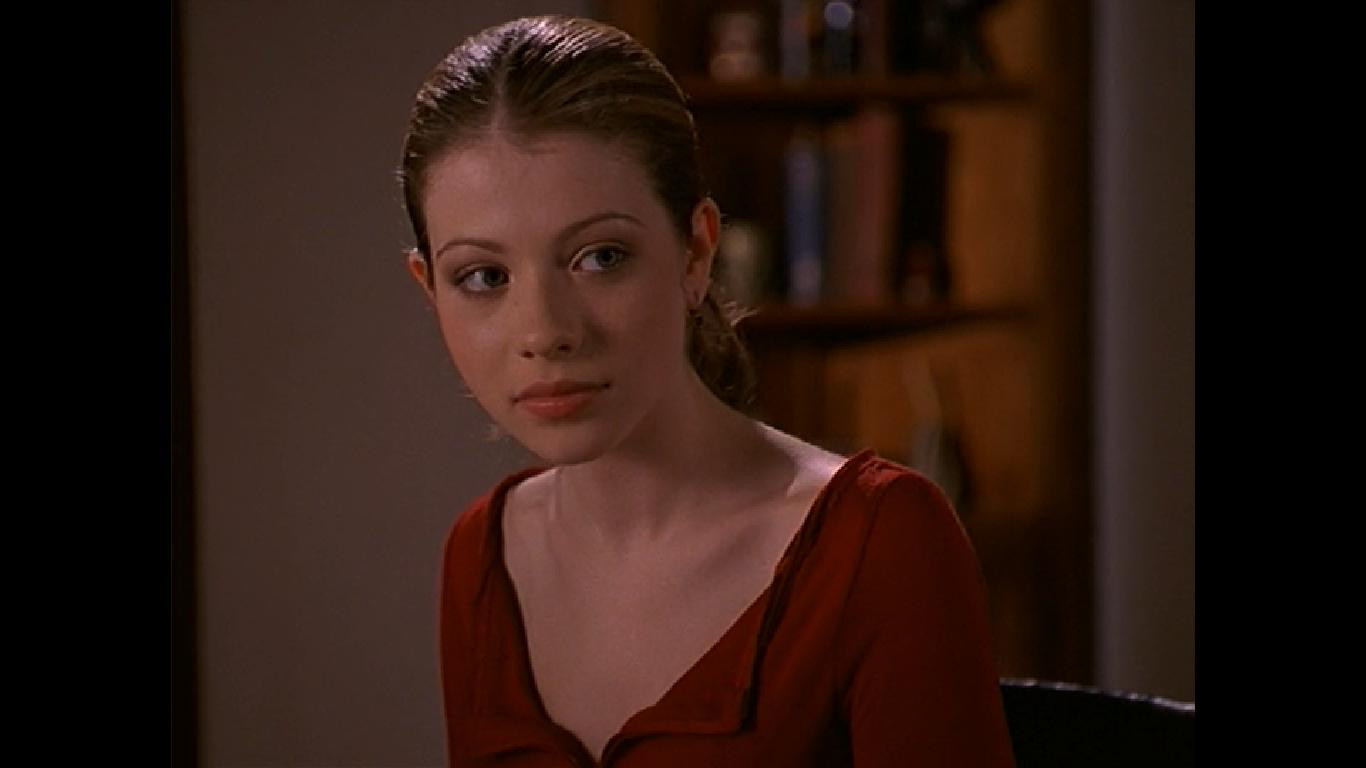 Dawn looking determined and brave in "Potential", facing danger head-on despite not being the expected Slayer.
Dawn looking determined and brave in "Potential", facing danger head-on despite not being the expected Slayer.
“Potential” is arguably the standout among Dawn-focused episodes. With the introduction of potential Slayers in the final season, anticipation built around whether Dawn would be revealed as one. This episode cleverly and poignantly subverts that expectation. A spell designed to identify new potentials mistakenly indicates Dawn, leading her to believe she is one. Dawn spends half the episode grappling with the implications of potentially becoming a Slayer, finally understanding that burden. Upon learning she isn’t a Potential, she relies on her intelligence to escape a dangerous situation, as she’s consistently done. Xander’s speech to Dawn at the episode’s end is a highlight for both characters. He, uniquely, understands what it means to be the “normal” one, and how their superpowered friends will never truly grasp that experience. It reinforces Xander and Dawn’s profound, often overlooked connection.
“Conversations With Dead People”
 Dawn terrified and wielding a weapon in "Conversations With Dead People", confronting a ghostly entity in her home.
Dawn terrified and wielding a weapon in "Conversations With Dead People", confronting a ghostly entity in her home.
Ironically, this episode, while not explicitly centered on Dawn, is my top pick. “Conversations With Dead People” is an anthology-style episode featuring interconnected stories revolving around communication with the deceased. One segment focuses on Dawn alone, facing what appears to be a haunting in her home – a mini-horror movie starring Michelle Trachtenberg, and arguably Buffy‘s scariest episode. We initially see Dawn enjoying her solitude – dancing, watching horror movies, reciting a quirky anchovy chant – before it descends into nightmare fuel. Trachtenberg portrays the familiar terror Dawn often experiences, but when she realizes the entity is preventing her mother from sending a message, Dawn becomes fiercely resolute, stopping at nothing to expel it. Every character had their moments of toughness, but seeing Dawn, bloodied and battered, fiercely demanding the entity leave her house is incredible. It’s one of the most powerful moments of resilience in the entire show, from any character. Dawn embodies the journey of a horror movie final girl in about 15 minutes, showcasing a powerhouse performance from Michelle Trachtenberg.
I wholeheartedly recommend every episode on this list, and indeed all 66 episodes featuring Michelle Trachtenberg if you want to appreciate her work on Buffy. But if you seek a single episode that encapsulates Trachtenberg’s capabilities when given the opportunity to truly shine, “Conversations With Dead People” is the definitive choice, proving Dawn’s essential role in the Buffy narrative and Michelle Trachtenberg’s undeniable talent.


